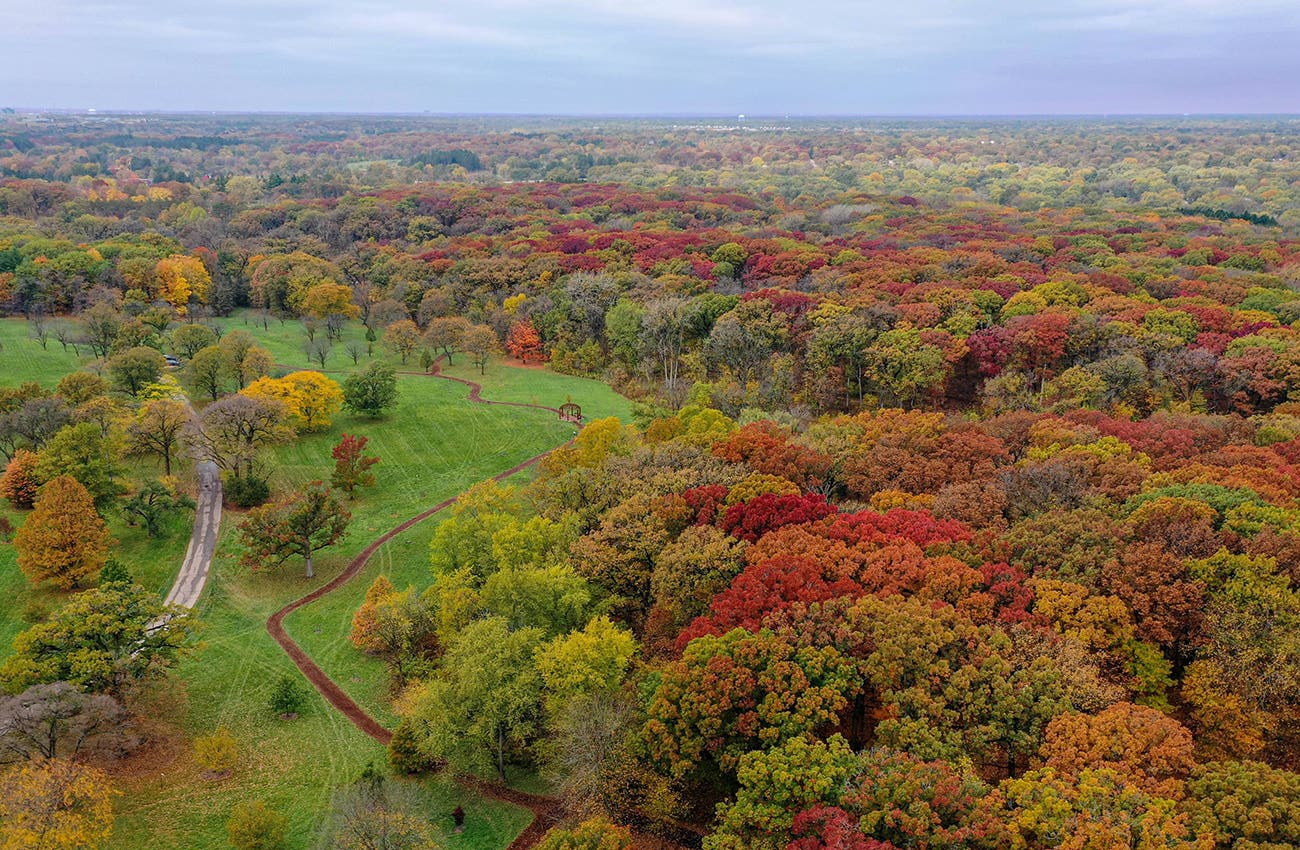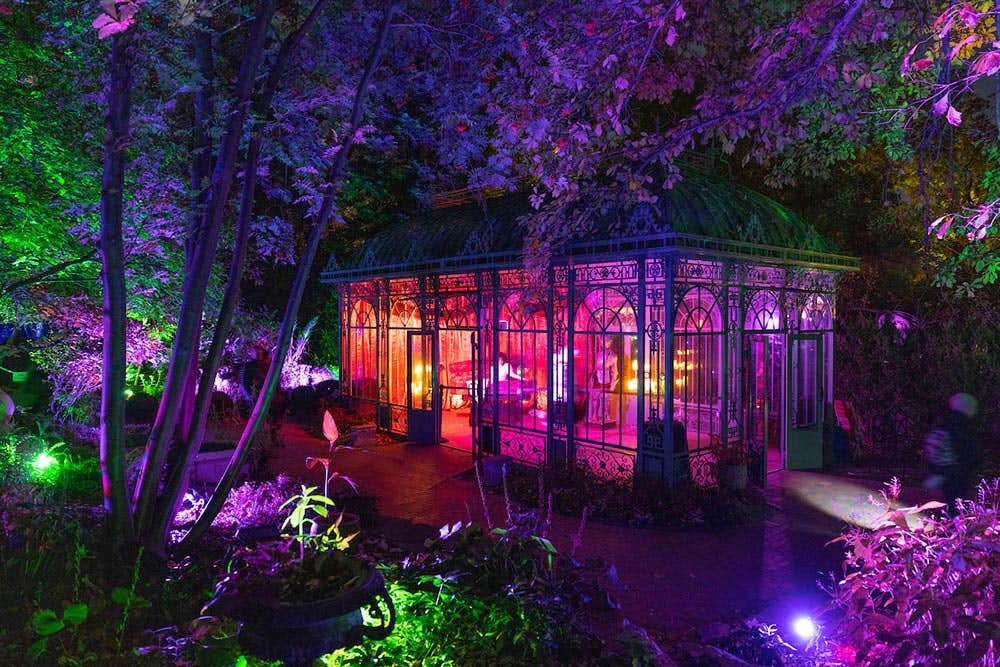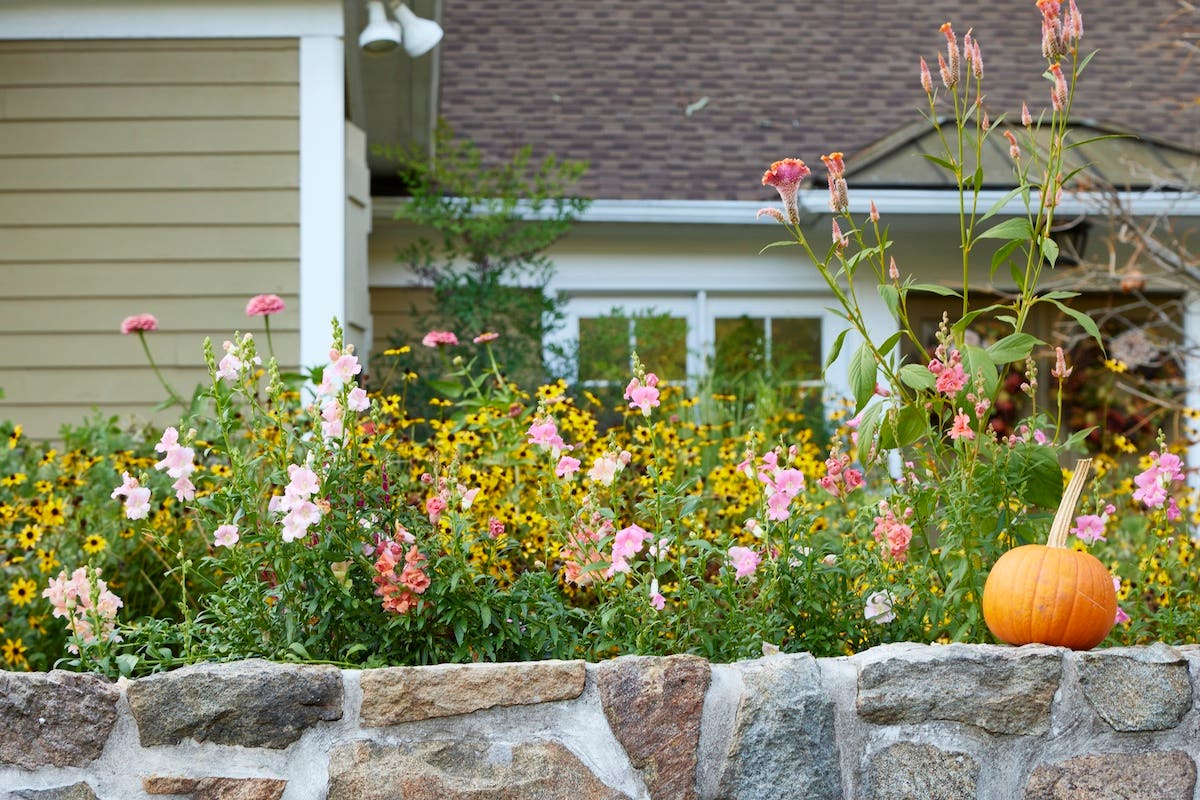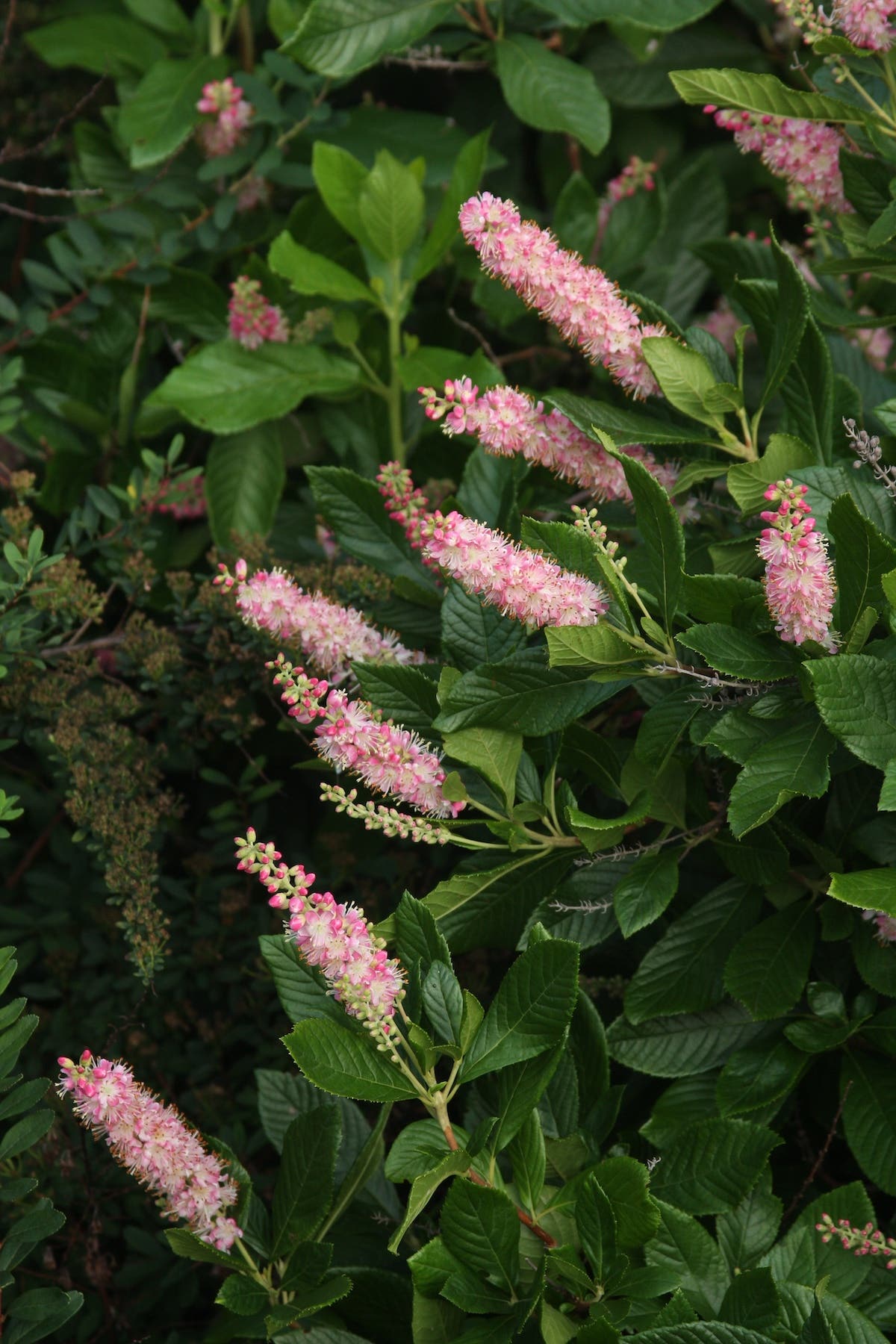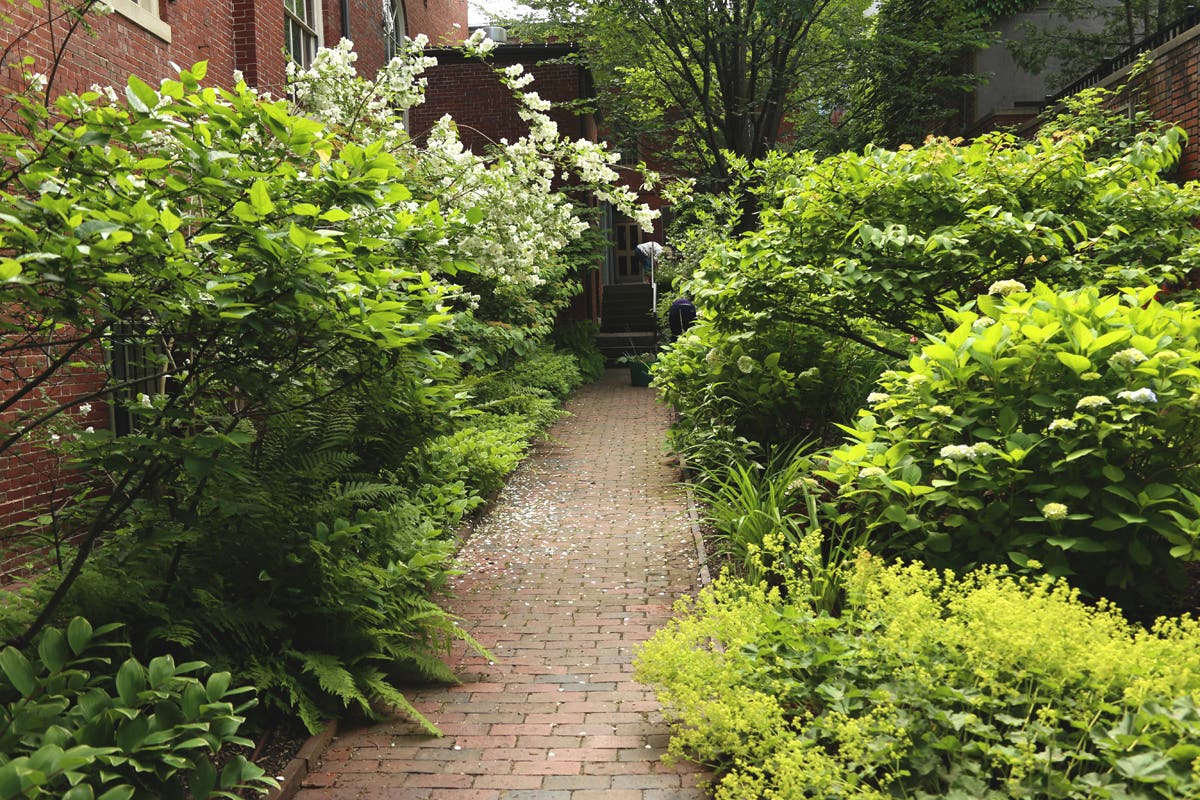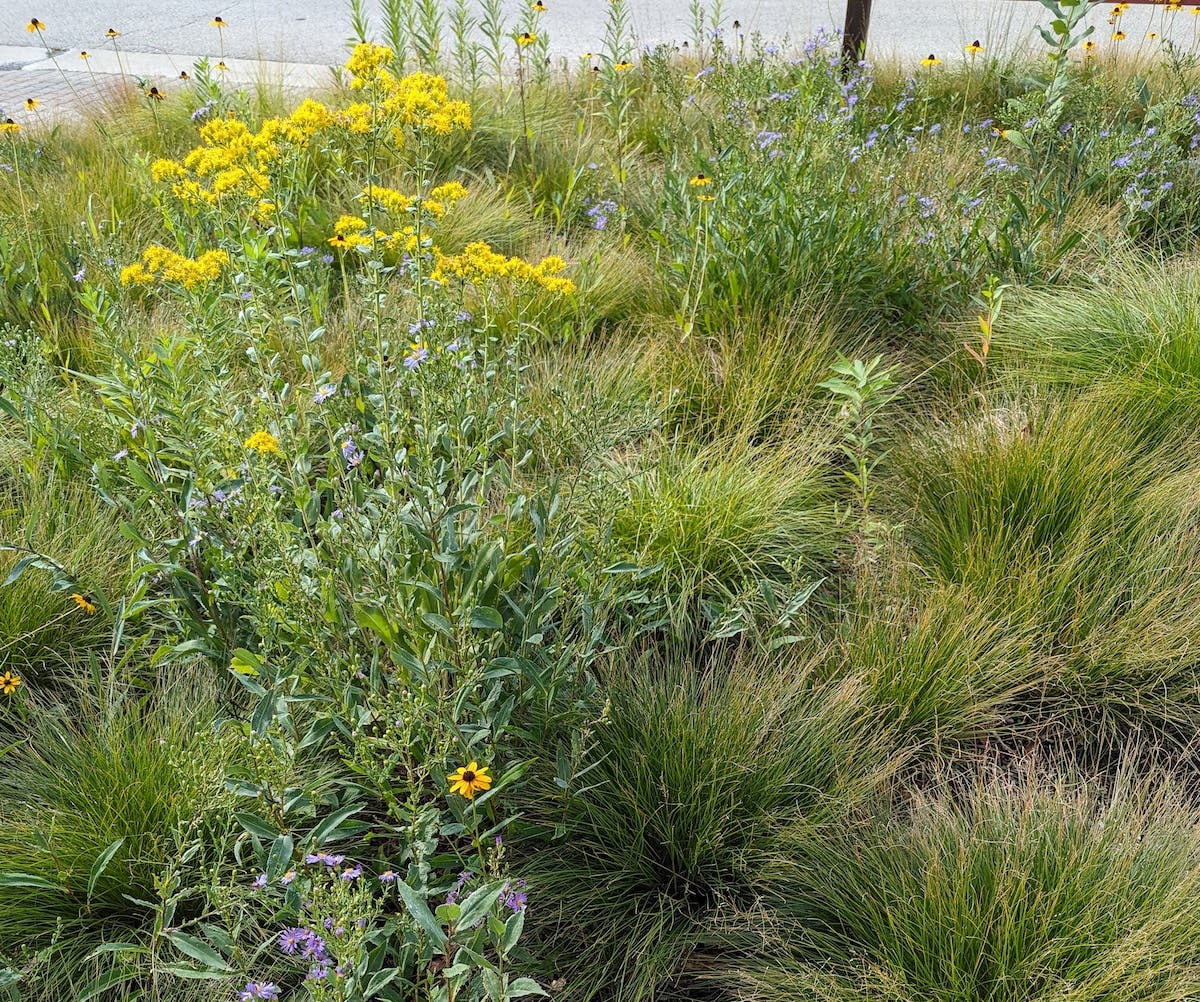Tip of the Week: Make a scree, or gravel, garden for sun-loving plants
There are benefits aplenty when you plant a scree garden. Find out how to make your own, and why this particular style of gardening is so popular.
The Scree Garden
The scree or gravel garden is particularly good for sun-loving plants that like their feet in fast-draining soil. Growing plants in a bed or border topped with gravel shows them off beautifully. The effect can be that of a meadow, run through with sweeps of color, but scree is also suitable for minimalistic schemes and provides the perfect setting for plants like phormiums, cistus, silver foliage subjects, alpines and dwarf bulbs.
Advantages of Gravel
Scree is found naturally in many areas of the world, where rocks near the surface have shattered to create a layer of stony debris. In the garden, a sunny, well-drained scree or grave bed gives plants from the Mediterranean, Australasia and South Africa the best chance of coping with North American climates. Alpines, low perennials, and shrubs look better in this setting than in the false environment of a small rock garden.
Gravel shows off individual specimens to maximum advantage. It conserves moisture, but reflects light back onto the plants; and it prevents water splashes that spoil the lower foliage.
Gravel is low maintenance: there is no grass to cut. It is relatively inexpensive to install. A level site is not necessary: it is often more attractive if allowed to follow the natural contours of the land. A narrow scree bed alongside a path or a wall provides a pleasing solution to an awkward dry area.
Establishing a Scree Bed
An open, sunny site is best for a scree bed and allows cultivation of the widest range of plants. It is essential to rid the site of perennial weeds before establishing the bed.
Ensure good drainage by digging in coarse grit and improve water retention by adding plenty of well-rotted, organic manure or compost. On poorly drained sites raise planting areas into mounds.
Top the soil with at least 3 inches (7 cm) of washed pea gravel. Larger stones, pebbles or slate scree can be added on the surface to enhance the scheme.
Scree Gardens on Wet Sites
Gardeners with wet sites or heavy clay are not precluded from enjoying this style of planting. Adding organic matter and sharp grit works wonders on even the heaviest soil. Raising the planting areas into mounds keeps the plants' feet out of the damp.


